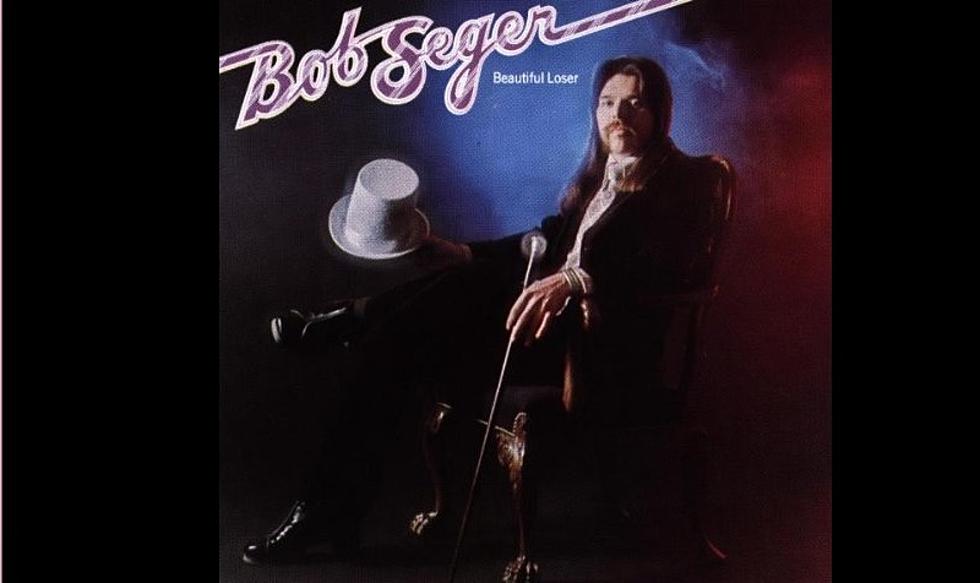
32 Years Ago: Def Leppard’s ‘Pyromania’ Album Released
Up until Jan. 20, 1983, when Def Leppard released their third album, ‘Pyromania,’ the British band wanted to be Led Zeppelin. Just look at their name.
But then producer Robert John “Mutt” Lange, who worked on the band’s 1981 sophomore album, ‘High ‘n’ Dry,’ decided to try something new. He added tons of digital elements to the group’s traditional rock-band setup, sharpened their pop harmonies and filtered everything through a processor that, in effect, became a sixth member of Def Leppard.
It immediately paid off. Thanks to MTV, three of the album’s songs received constant airplay: ‘Photograph,’ ‘Foolin’’ and ‘Rock of Ages.’ And the band immediately rose from hard-rock radio filler to overnight Top 40 stars. No wonder: ‘Pyromania’’s super-packed hooks (especially on ‘Photograph,’ one of the most well-crafted singles of the era) were made for maximum exposure. They were literally designed for it.
The group’s first two albums – ‘High ‘n’ Dry’ and 1979’s debut, ‘On Through the Night’ – barely cracked the Top 40 and just missed the Top 50, respectively. ‘Pyromania’’s hit singles sent the album all the way to No. 2 (it’s since sold more than 10 million copies). The three big singles all reached the Top 40, with another four tracks logging some serious airplay on rock radio stations. Mission accomplished.
You can also blame Def Leppard for every lazy pop-metal band that sprung up in the mid-‘80s. Suddenly, synthesizers and giant-hook choruses were all over the place. Of course, very few bands did it as well as Leppard did on ‘Pyromania’ and the even-better follow-up, 1987’s ‘Hysteria.’ They didn’t count on it at the time, but Def Leppard changed the way rock bands made music and the way that music sounded. Just turn on your radio for proof.
Phil Collen Performs 'Hysteria'
See the Yearbook Photos of Rick Allen and Other Rock Stars
More From US 103.1 FM







![‘The Ballad of John And Yoko’ & Me On Their Fiftieth [VIDEO]](http://townsquare.media/site/86/files/2019/03/john-and-yoko-lic-insert1.jpg?w=980&q=75)
![Remembering George: Watch George Watching ‘This Boy’ [VIDEO]](http://townsquare.media/site/86/files/2019/02/George-litmw1.jpg?w=980&q=75)

